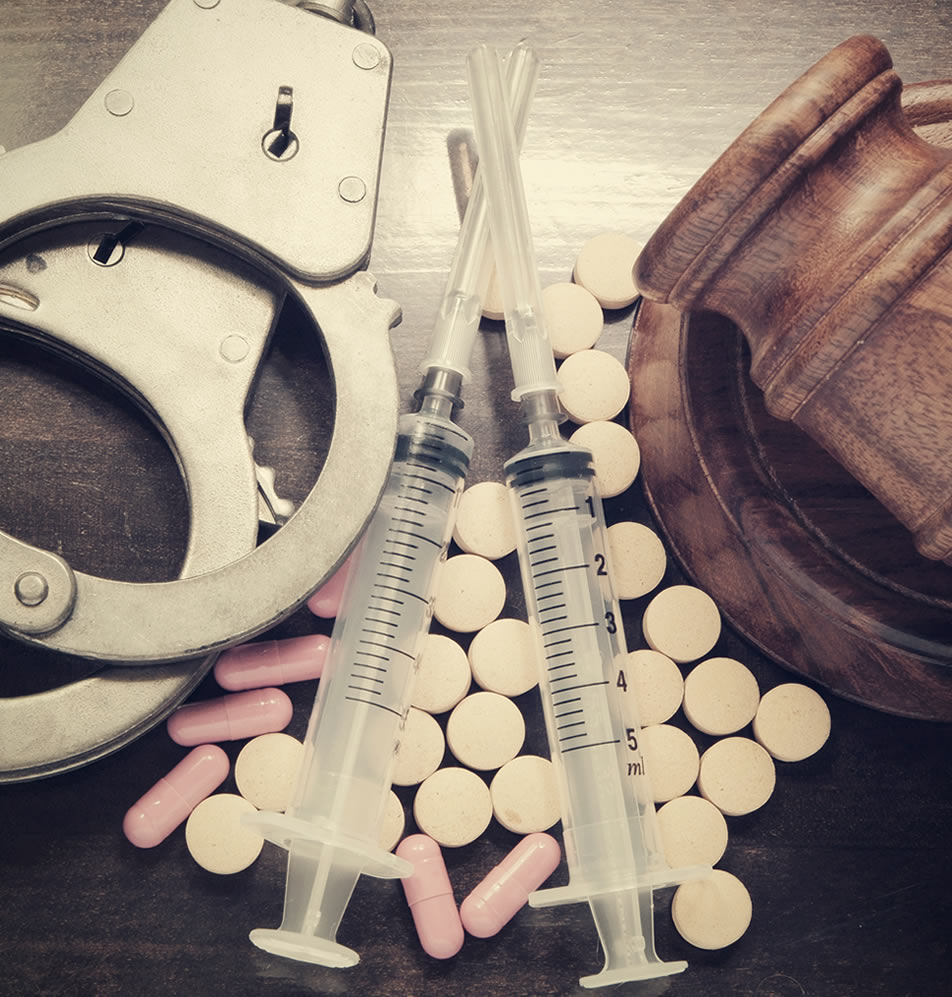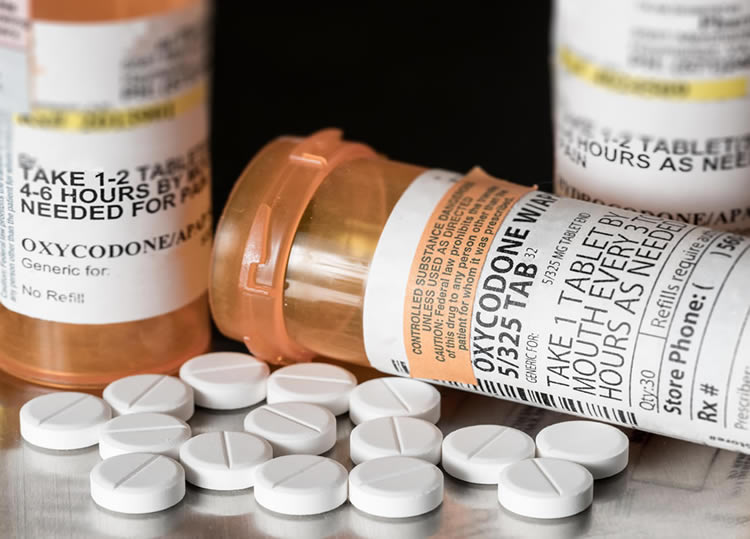About 65 percent of people who are incarcerated are known to have a substance use disorder, according to the National Institute on Drug Abuse.
People addicted to prescription opioids or heroin are far more likely to have run-ins with the law than those who don’t use opioids, according to a study published in JAMA Network.
The JAMA Network study also showed that most people with opioid use disorder had other mental illnesses and were also more likely to have certain chronic health conditions, such as asthma and chronic obstructive pulmonary disease.
Lack of Medication-Assisted Treatment in Jails and Prisons
According to the JAMA Network report, most jails and prisons don’t offer medication-assisted treatment using the three FDA-approved drugs for the treating opioid use disorder: buprenorphine, methadone and naltrexone. Treatment with medication has been the most effective option for people addicted to opioids.
During incarceration, tolerance to opioids reduces. If people addicted to opioids relapse after they are released, only a minuscule amount of fentanyl can kill them.
Canyonlands Healthcare Now Offering MAT (Medication-Assisted Treatment) for Alcohol and Opioid addiction. Visit our confidential OPIOID HELP center.


Tucson Pilot Diversion Program
The Tucson Police Department has rolled out a program it hopes could change the way drug addicts are dealt with by the criminal justice system. TPD’s opioid deflection program is a six-month pilot in two patrol divisions that will give opioid addicts the ability to be quickly placed into treatment with no risk of jail.
China and the Dangers of Fentanyl
Most of the heroin and illicit opioid supply today is contaminated with fentanyl and other related synthetic opioids. Fentanyl is up to 50 times more potent than heroin and can be 100 times more potent than morphine. Of the 64,000 drug overdose deaths in 2016, more than 20,000 were related to some form of fentanyl, a Centers for Disease Control and Prevention report shows.
U.S. law enforcement and drug investigators consider China the primary source of this illicit drug and responsible for as much as 90 percent of the world’s supply. Though Chinese officials deny that most of the fentanyl or other opioid substances originate in their country, they have in the past cooperated with U.S. efforts to control the flow of fentanyl onto American soil. This cooperation could be undermined with President Donald Trump’s showdown on trade with China.






